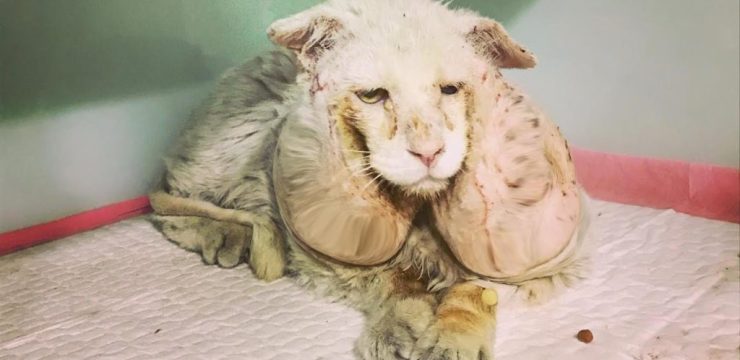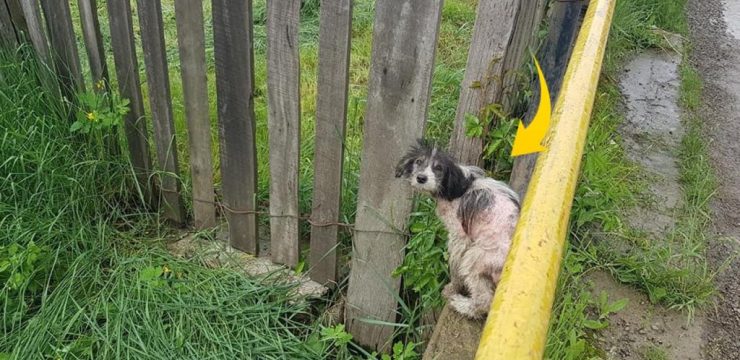Insect bites can be more than just an itchy nuisance—they can also cause pain, swelling, and in some cases, severe allergic reactions. Knowing how to recognize different types of insect bites can help you treat them effectively and prevent complications. Here’s a guide to identifying 10 of the most common insect bites and how to handle them.

- Mosquito Bites
Mosquito bites are among the most common insect bites you’ll encounter. These bites typically appear as small, red, raised bumps that are extremely itchy. They usually appear shortly after the mosquito has bitten you and may develop a blister-like appearance. To alleviate itching, applying a cold compress or using an over-the-counter anti-itch cream can help. To prevent bites, consider using insect repellents and wearing long sleeves when outdoors. - Flea Bites
Fleas are tiny insects that often bite humans and animals. Flea bites usually occur in clusters or lines, especially on the ankles and lower legs. They appear as small red spots surrounded by a halo and are incredibly itchy. Scratching can lead to infections, so try using an antihistamine cream or taking an oral antihistamine to reduce the itch. - Bed Bug Bites
Waking up with red, itchy welts on your body? You might be dealing with bed bug bites. These bites are often found in rows or clusters, primarily on exposed skin like the arms, neck, or face. They can be itchy and sometimes swell up. To treat bed bug bites, wash the area with soap and water, then apply a topical anti-itch cream. Bed bugs are hard to get rid of, so consider contacting pest control if you suspect an infestation. - Bee Stings
Bee stings are painful and can cause redness, swelling, and itching around the sting site. If the stinger is still embedded, gently scrape it off with a credit card or fingernail to avoid releasing more venom. Apply ice to reduce swelling and take an antihistamine for itching. If you experience difficulty breathing or swelling in the face, seek emergency medical attention immediately, as these can be signs of a severe allergic reaction. - Tick Bites
Ticks latch onto the skin and feed on blood, often remaining attached for several days. Tick bites are usually painless but can cause a small red bump at the bite site. The main concern with ticks is their potential to transmit diseases like Lyme disease. If you find a tick on your skin, remove it with fine-tipped tweezers as soon as possible. Clean the area with soap and water, and monitor for symptoms like fever or a rash. - Spider Bites
Most spider bites are harmless, causing minor swelling and redness. However, bites from certain spiders like the black widow or brown recluse can cause severe reactions. A brown recluse bite might result in a painful ulcer, while a black widow bite can cause muscle pain and cramping. If you suspect a serious spider bite, seek medical help immediately. - Fire Ant Bites
Fire ants are aggressive and deliver a painful sting that turns into itchy, pus-filled blisters. These bites often appear in clusters since fire ants attack in groups. To treat fire ant bites, clean the area with soap and water, and apply a cold compress to reduce swelling. Antihistamines can help with itching. - Horsefly Bites
Horseflies are large, aggressive insects known for their painful bites. These bites can cause swelling, redness, and a burning sensation. In some cases, the bite may become infected if not properly cared for. Clean the area with soap and water, apply an antiseptic, and cover with a bandage if needed. - Chigger Bites
Chiggers are tiny mites that bite and leave itchy red welts, usually around the waist, ankles, or skin folds. Chigger bites appear as small red dots that can become intensely itchy. To treat chigger bites, take a hot shower, scrub the area with soap, and apply an anti-itch cream or lotion. Wearing long clothing when in grassy areas can help prevent bites. - Wasps and Hornet Stings
Stings from wasps and hornets are painful and can lead to swelling, redness, and intense itching. Unlike bees, wasps and hornets can sting multiple times. Clean the sting site with soap and water, apply ice, and consider taking a pain reliever if needed. Seek emergency care if you experience severe symptoms like difficulty breathing, dizziness, or swelling in the throat.
Prevention Tips for Insect Bites
While it’s not always possible to avoid insect bites entirely, there are steps you can take to reduce your risk:
- Use Insect Repellent: Products containing DEET or natural alternatives like citronella can help keep bugs at bay.
- Wear Protective Clothing: Long sleeves, pants, and closed-toe shoes can protect your skin from bites.
- Keep Your Environment Clean: Regularly clean your home, yard, and pet areas to prevent infestations.
- Stay Aware: When spending time outdoors, especially in wooded or grassy areas, be vigilant about checking for ticks and other insects.
By understanding the types of bites you might encounter and how to treat them, you can better protect yourself and your family. Early recognition and proper care can prevent complications and help you recover quickly from these pesky encounters.





